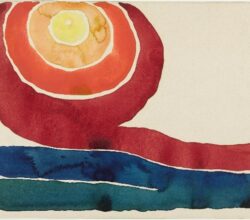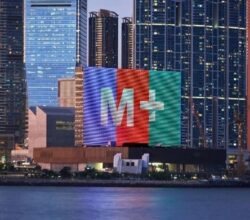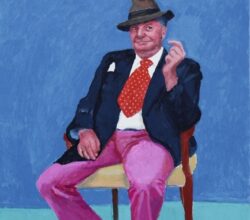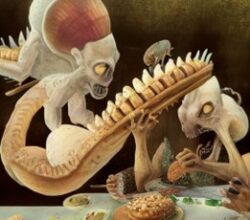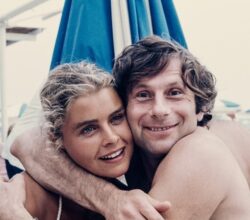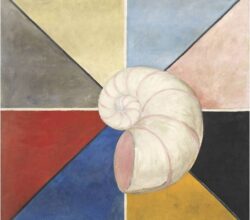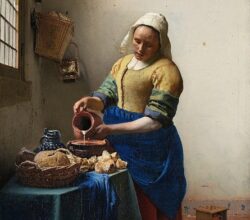
Essay: Vermeer: objectivity, intimacy
Morgan Meis | The-Easel | 2nd May 2023
What is it about Vermeer? As a painter in provincial Delft, he found limited success. Rediscovered in the 19th century, he is now wildly popular. The focus of that popularity is his tranquil scenes of household life. Why, in the 21st century, do we find them so beguiling?
“Vermeer’s images intrigue in the very way that a great photograph always intrigues. There is an uncanny objectivity to the camera eye [that] can create a powerful sense of intimacy. His Woman Reading a Letter asks, with its detachment and respect, that we not try to interpret too much. Do not step closer, says Vermeer. It is her letter, not yours. And thus, almost magically, the objectivity of the picture also lends itself to a sense of care.”




